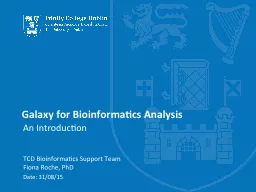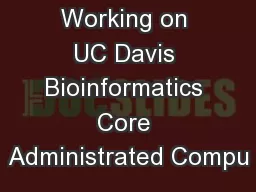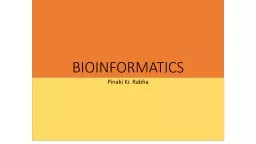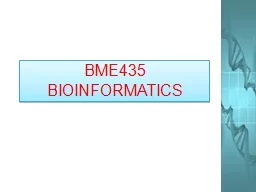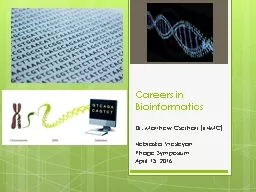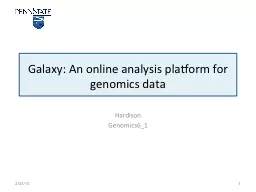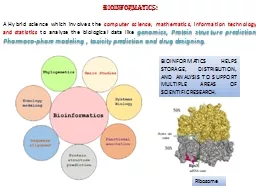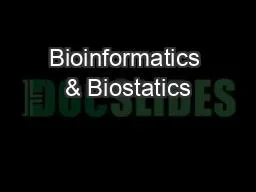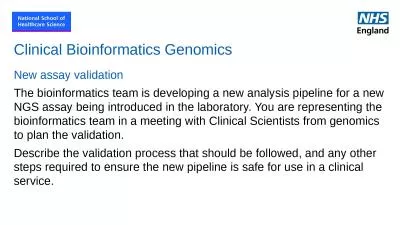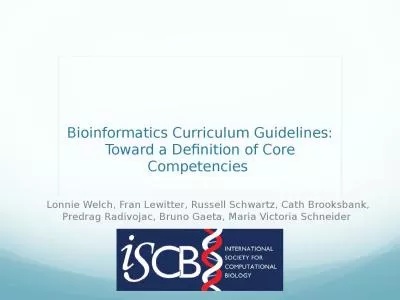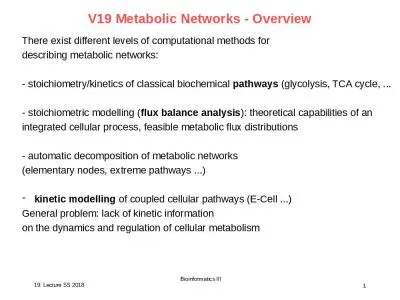PPT-Galaxy for Bioinformatics Analysis
Author : phoebe-click | Published Date : 2017-09-11
An Introduction TCD Bioinformatics Support Team Fiona Roche PhD Date 310815 Overview What is Galaxy Why is it useful Commandline vs Galaxy A Basic Analysis with
Presentation Embed Code
Download Presentation
Download Presentation The PPT/PDF document "Galaxy for Bioinformatics Analysis" is the property of its rightful owner. Permission is granted to download and print the materials on this website for personal, non-commercial use only, and to display it on your personal computer provided you do not modify the materials and that you retain all copyright notices contained in the materials. By downloading content from our website, you accept the terms of this agreement.
Galaxy for Bioinformatics Analysis: Transcript
Download Rules Of Document
"Galaxy for Bioinformatics Analysis"The content belongs to its owner. You may download and print it for personal use, without modification, and keep all copyright notices. By downloading, you agree to these terms.
Related Documents

